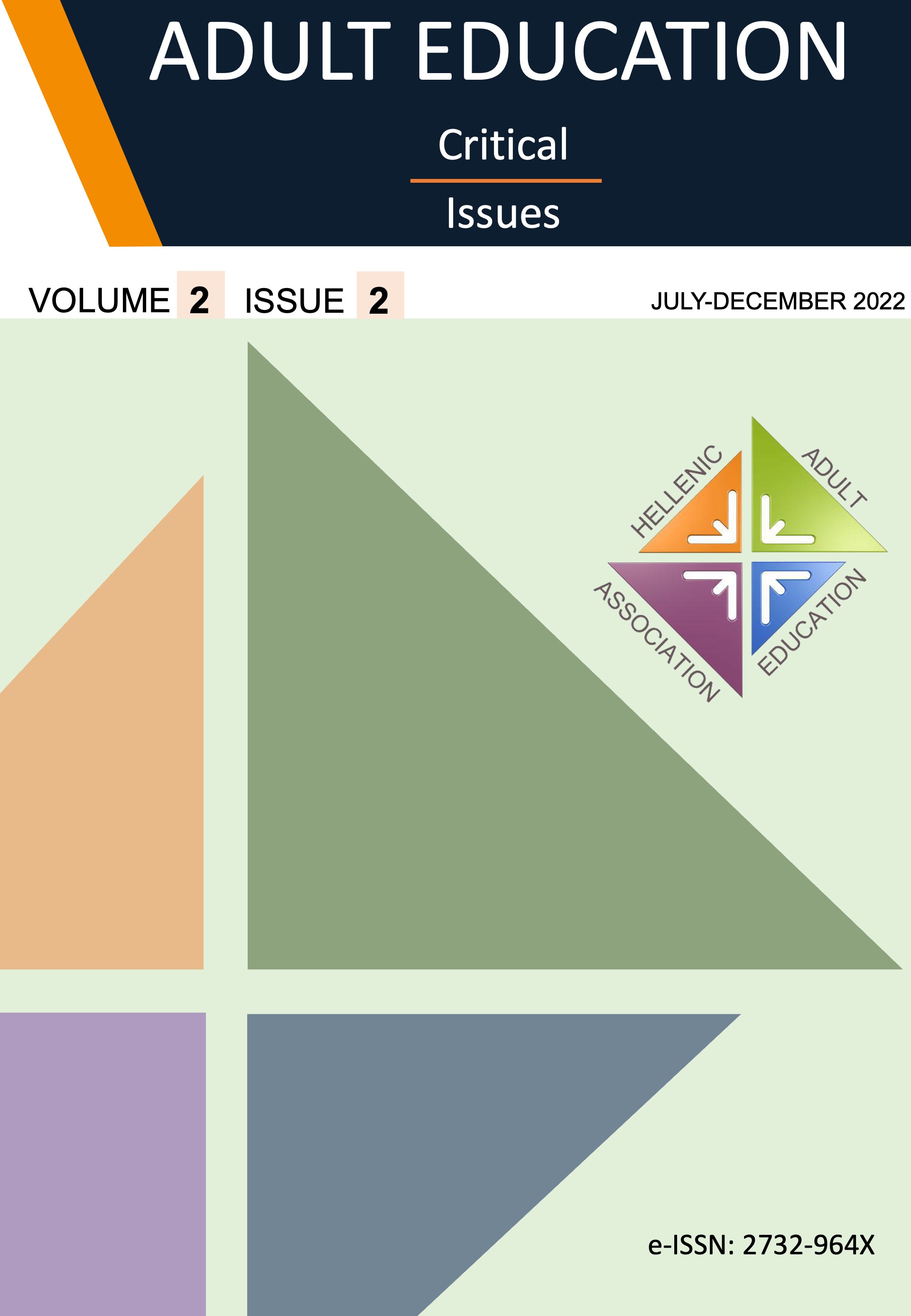Critical Approach on the Introduction of e-exams amidst the pandemic The case of the Hellenic Open University

Abstract
Since the outbreak of the Covid-19 pandemic remote e-exams in higher education have become the norm. The Hellenic Open University (HOU), the only Distance Higher Education Institution in Greece, following the worldwide trend, introduced remote e-exams in 2020, in an attempt to tackle the government restrictions imposed due to Covid-19. Remote e-exams refer to an examination method in which there is physical distance between students and professors, whilst the whole procedure takes place via a computer and its hardware (microphone, camera, headphones). Relevant literature has indicated that remote e-exams may be advantageous for all, students, professors, and educational institutions. However, there is also voiced a need to further research students’ views on e-exams, as they have not been adequately researched. On these grounds and taking into account that remote exams are an innovation in Greece, the aim of the present study was to investigate through a critical approach students’ views about the remote e-exams organized and conducted by HOU. The sample of the quantitative study consisted of 111 students, from different departments of HOU, and ages ranging from 20 to 60 years old. Besides the limitations inherent in the study, our results, in line with relevant research, outline that although student anxiety before an e-exam is considerably higher due to possible technical issues, students are overall positive about establishing e-exams as a means of assessment.
Article Details
- How to Cite
-
Mantzorou, P., & Panitsides, E. (2022). Critical Approach on the Introduction of e-exams amidst the pandemic: The case of the Hellenic Open University. Adult Education Critical Issues, 2(2), 86–106. https://doi.org/10.12681/haea.31212
- Section
- Articles

This work is licensed under a Creative Commons Attribution 4.0 International License.
Authors who publish with this journal agree to the following terms:
- Authors retain copyright and grant the journal right of first publication with the work simultaneously licensed under a Creative Commons Attribution License that allows others to share the work with an acknowledgement of the work's authorship and initial publication in this journal.
- Authors are able to enter into separate, additional contractual arrangements for the non-exclusive distribution of the journal's published version of the work (e.g., post it to an institutional repository or publish it in a book), with an acknowledgement of its initial publication in this journal.
- Authors are permitted and encouraged to post their work online (e.g., in institutional repositories or on their website) prior to and during the submission process, as it can lead to productive exchanges, as well as earlier and greater citation of published work (See The Effect of Open Access).


